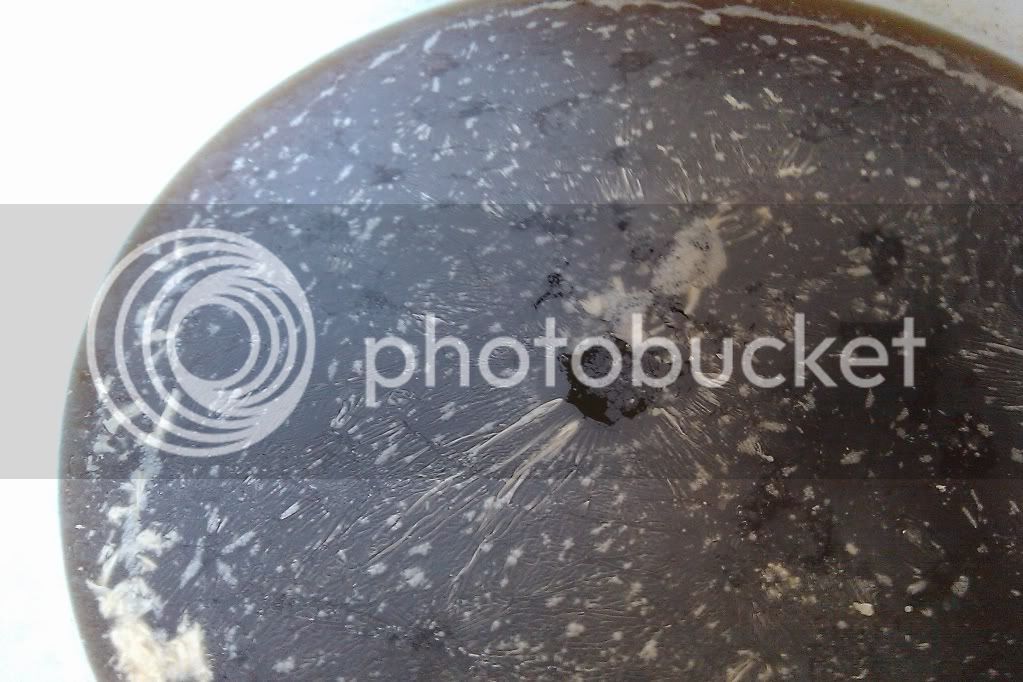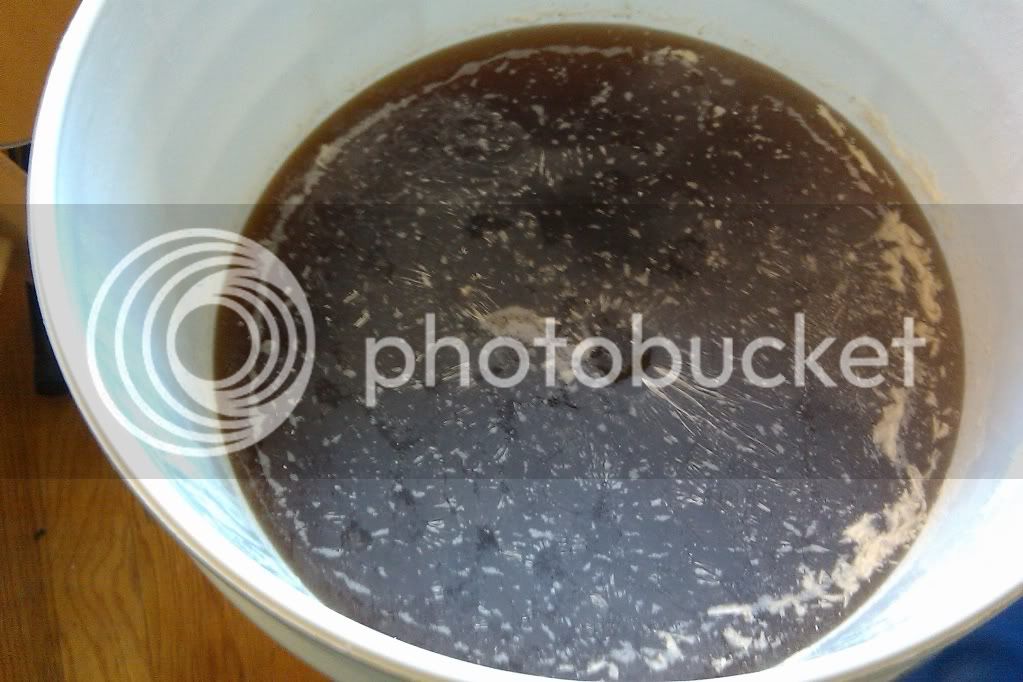Skarekrough
Well-Known Member
I realize this is kind of a general newbie question, but I did bring pics.
This is a lager I brewed about a month ago. The fermentation temps were a little on the low side; started on November 18th at 1.052 and when I checked about ten days ago it was only at 1.030.
So I brought it inside thinking that a little warmth would kick it into high gear. I let it sit for five days at it was still at 1.030.
I decided to transfer it to perhaps get the yeast moving in the right direction. I checked it two days ago and it looked like it was at 1.028.
This morning I noticed a bubble coming out of the airlock so I figured the yeast might have come out of their slumber. When I went to check I found this white film at the top. The gravity is still at 1.028.
Heres the pics:


Is this an infection? If so is there anything I can do to save this beer?
This is a lager I brewed about a month ago. The fermentation temps were a little on the low side; started on November 18th at 1.052 and when I checked about ten days ago it was only at 1.030.
So I brought it inside thinking that a little warmth would kick it into high gear. I let it sit for five days at it was still at 1.030.
I decided to transfer it to perhaps get the yeast moving in the right direction. I checked it two days ago and it looked like it was at 1.028.
This morning I noticed a bubble coming out of the airlock so I figured the yeast might have come out of their slumber. When I went to check I found this white film at the top. The gravity is still at 1.028.
Heres the pics:


Is this an infection? If so is there anything I can do to save this beer?


